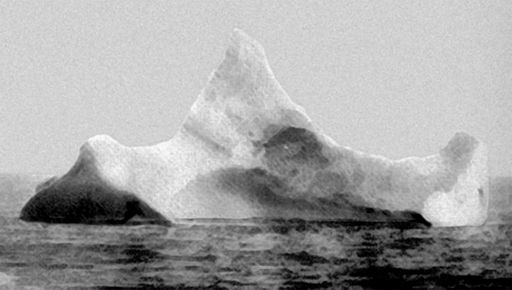A 50 Percent Chance of Stupidity
Stupidity may not account entirely for Supreme Leader’s climate change denial, nor for that of his core supporters or other conservatives, for denial of climate change does appear to be a trait of conservatives. Cupidity plays a part, in that the fossil fuel industry, a primary contributer to global warming, does all it can to deny it and thereby preserve its profits, much like the tobacco industry fought against cancer research. Until a recent study showed otherwise, people may have thought ignorance of the facts determined the stance of deniers. The study showed instead that deniers had as much access to the facts as anyone else, but they make the facts fit their predispositions on the issue, a trick which they can accomplish more easily with a long term problem like climate change. The effects of climate change are unfolding over a period expected to last well over a lifetime, into the lives of children and grandchildren, unlike the effects of smoking, which could be felt within a single lifetime.
Biloxi Blues, a 1988 film adapted by Neil Simon from his play, and directed by Mike Nichols, is a semi-autobiographical reminiscence of Simon’s Army days during World War II. In this scene, Christopher Walken as the drill sergeant uses the recruit played by Matthew Broderick to make a point to the platoon that they are all in this together, and an action or failure to act by any one of them affects them all. Warning: foul language.
The problem comes with the understanding that a flexible view of the facts does not change the facts, it only delays grappling with the inevitable. We may tell ourselves that the Chinese have perpetrated global warming as a hoax in order to subvert America’s competitive advantage, but that doesn’t alter the fact that it’s getting hotter, and that Americans are contributing more than their fair share to the problem while contributing less than their fair share to the solution. If we like, we may puff away like chimneys in order to keep pace with the Chinese, and then we can all collapse together, wheezing and clutching our chests, our insides poisoned.
― Izzy


The iceberg suspected of having sunk the RMS Titanic. This iceberg was photographed by the chief steward of the liner Prinz Adalbert on the morning of April 15, 1912, just a few miles south of where the Titanic went down. The steward hadn’t yet heard about the Titanic. What caught his attention was the smear of red paint along the base of the berg, an indication it had collided with a ship sometime in the previous twelve hours. This photo and information was taken from Unsinkable: The Full Story of RMS Titanic, written by Daniel Allen Butler, Stackpole Books 1998. Climate change deniers see an iceberg and say there is no global warming because there is still ice; others see an iceberg floating free in the shipping lanes and say “Watch out!” The crew of the Titanic, of course, didn’t see the iceberg at all.
